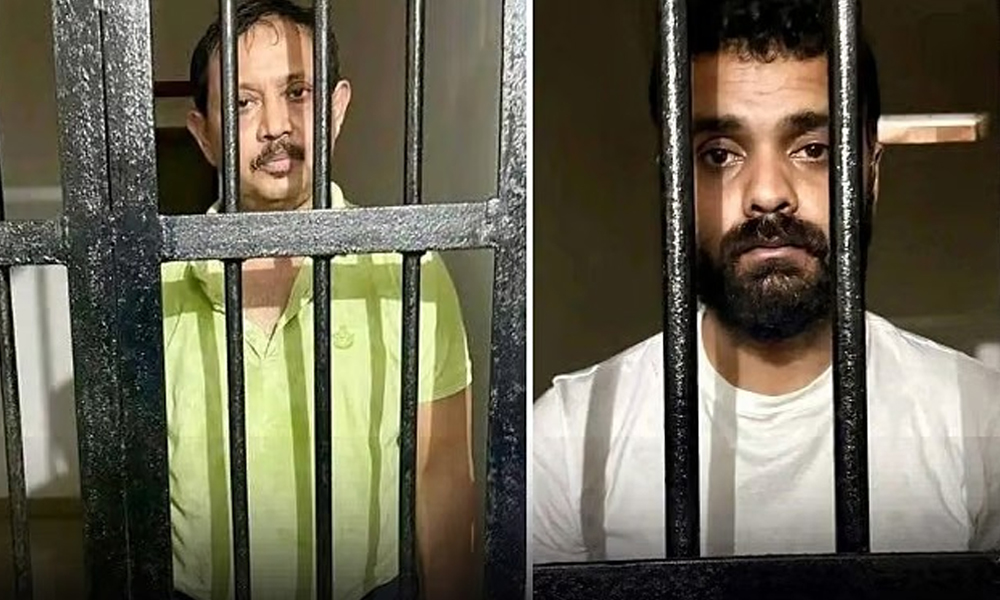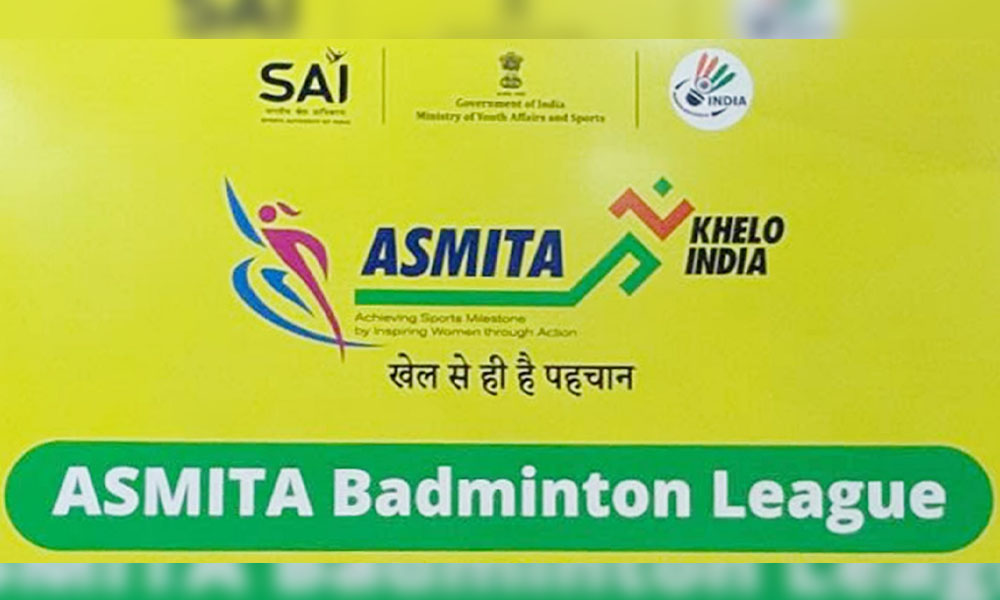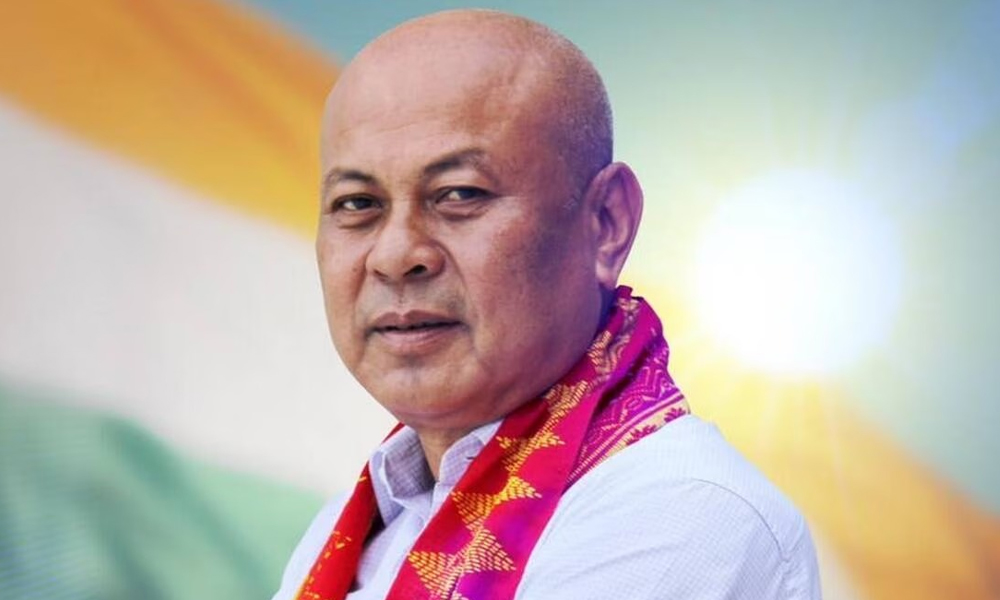Digital Desk: The Earth Observation Satellite EOS-04 was successfully placed into a sun-synchronous polar orbit of 529 km altitude by ISRO's Polar Satellite Launch Vehicle PSLV-C52 on Monday. Satish Dhawan Space Centre, SHAR, Sriharikota, launched the radar imaging satellite at 06:17 a.m.
PSLV-C52 took off from SHAR's first launch pad at 05:59 a.m. This mission was the 80th launch vehicle mission from Sriharikota's SDSC SHAR, the 54th PSLV flight, and the 23rd PSLV flight in XL structure (6 strap-on motors).
The EOS-04 satellite was created at the UR Rao Satellite Centre in Bengaluru. It's a Radar Imaging Satellite that's pointed to deliver high-quality images in all-weather possibilities for applications including farming, forestry, and farms, as well as soil moistness and hydrology and flood mapping. It weighs approximately 1,710 kg, generates 2,280 W of electricity, and has a ten-year mission life.
Also Read: Centre sanctions Rs 26,275 crore project for modernization of police forces
The vehicle even launched two small satellites: an Indian Institute of Space Science and Technology's student satellite (INSPIREsat-1) in collaboration with the University of Colorado Boulder's Laboratory of Atmospheric and Space Physics, and an ISRO technology demonstrator satellite (INS-2TD), which is a forerunner to the India-Bhutan Joint Satellite (INS-2B). Then, in a set order, co-passenger satellites were successfully detached from the PSLV.
The satellite will help us better understand the ionosphere dynamics and the sun's coronal heating process. It has a one-year functional lifespan.
According to an ISRO release, Chairman S Somanath praised team ISRO on the successful placing of radar imaging satellites into orbit.
"PSLV-C52/mission EOS-04's has been completed successfully. PSLV has placed the primary satellite EOS-04 into a very precise orbit. ISRO Director S Somanath expressed two co-passenger satellites had been deployed in their correct orbits.
The ISRO was affected especially severely by the Covid-19 epidemic, with just three launches feasible in 2020, four less than in 2019, and only one in 2021, which also failed.

















